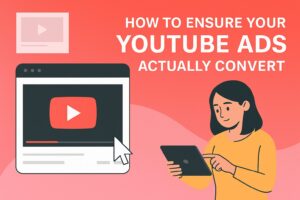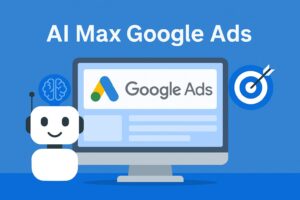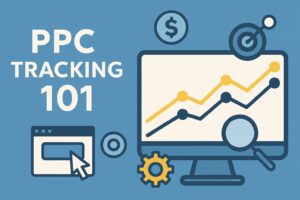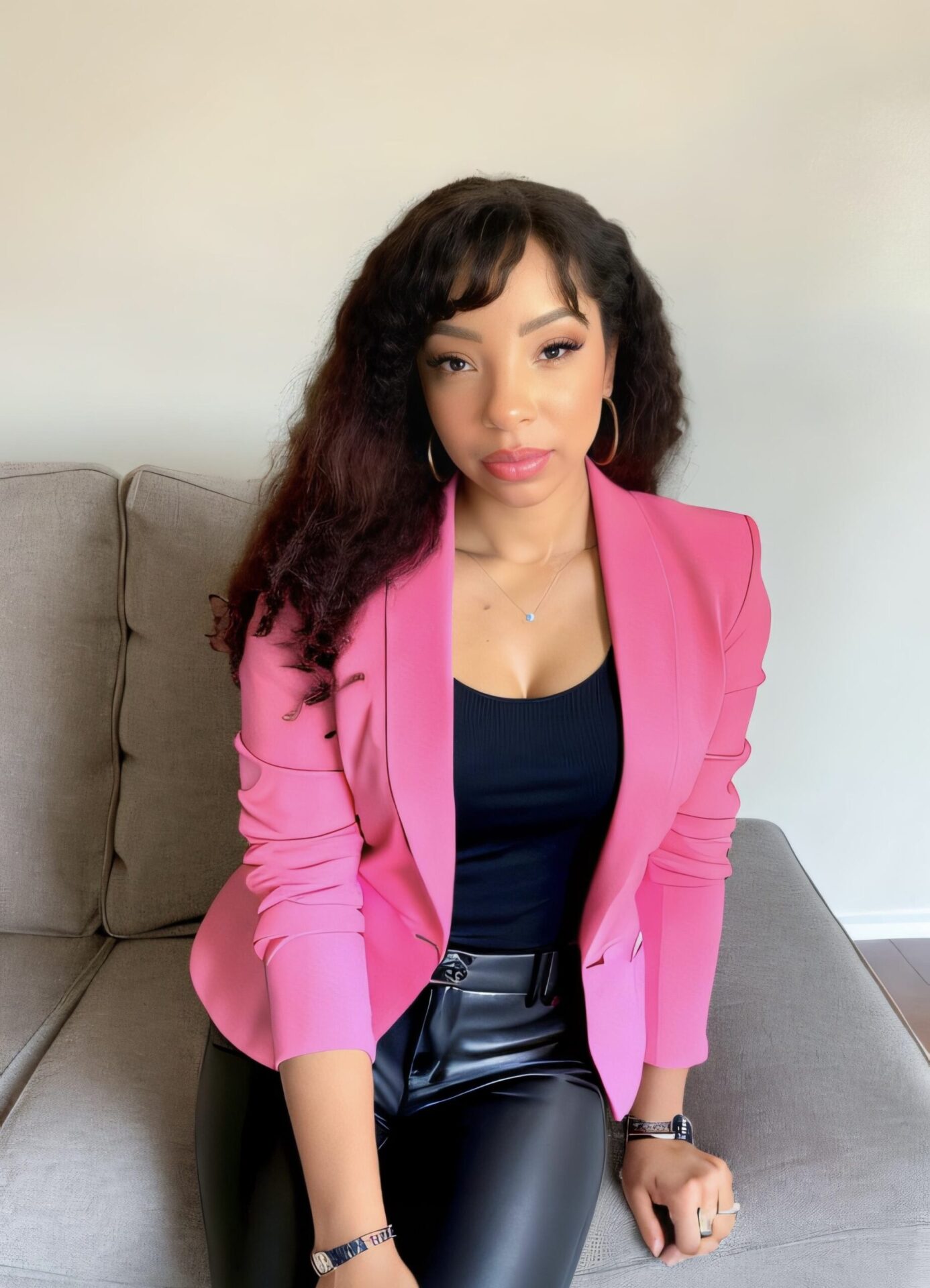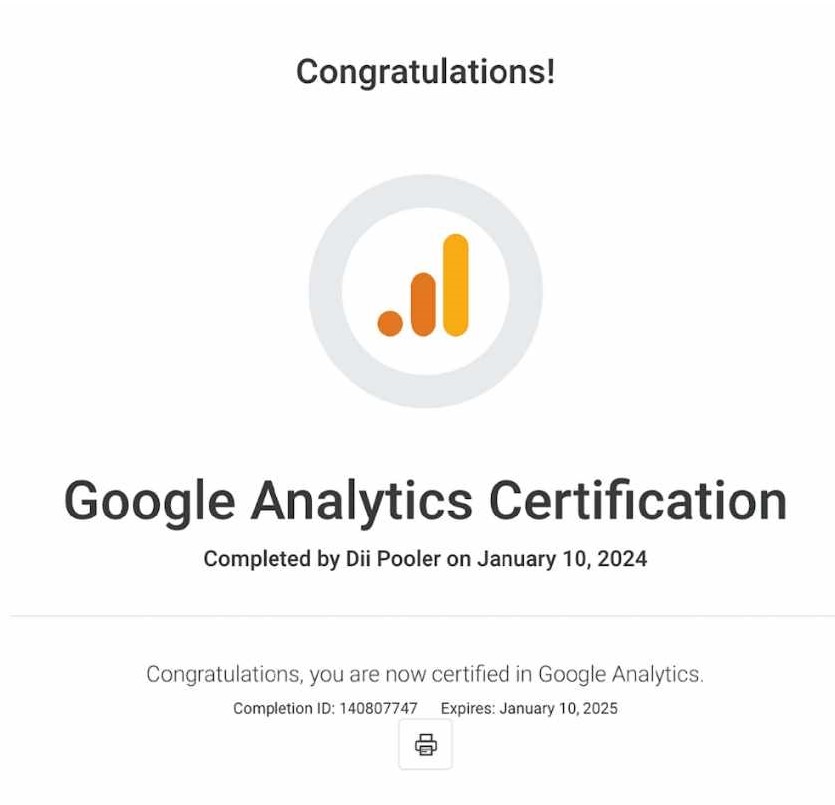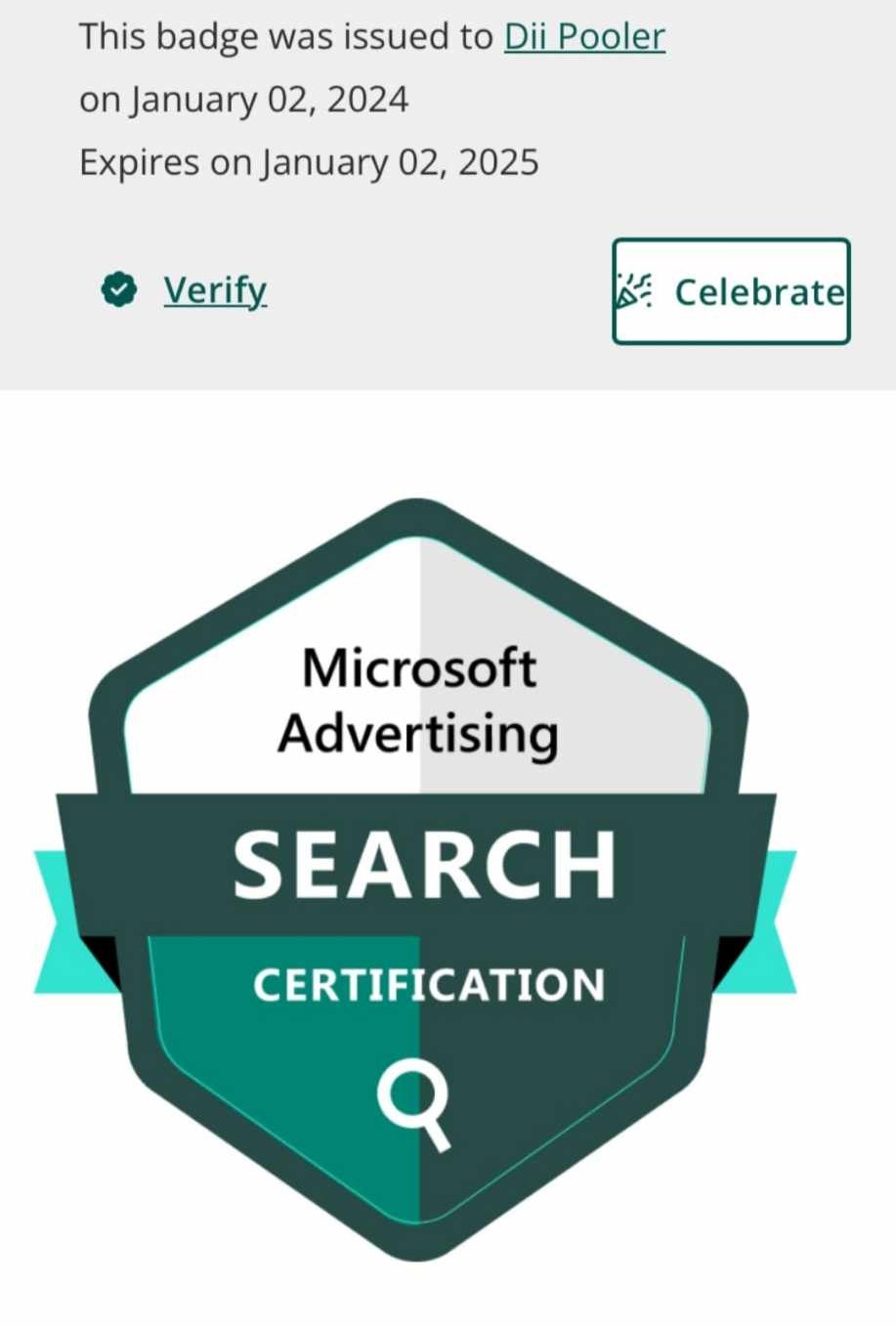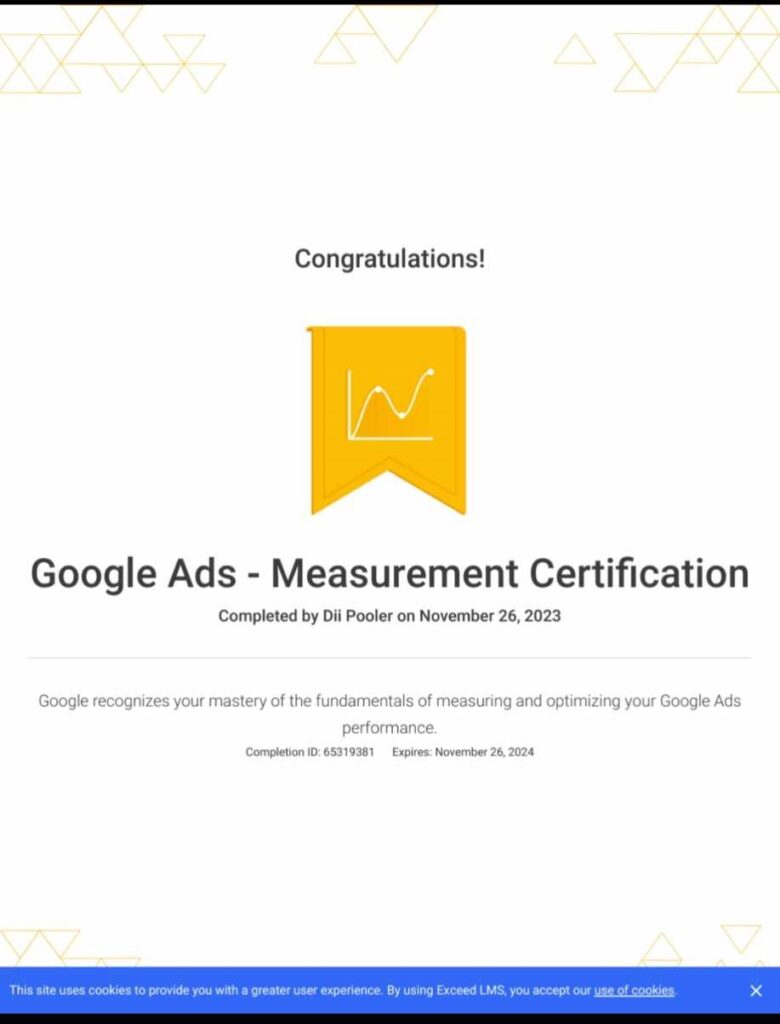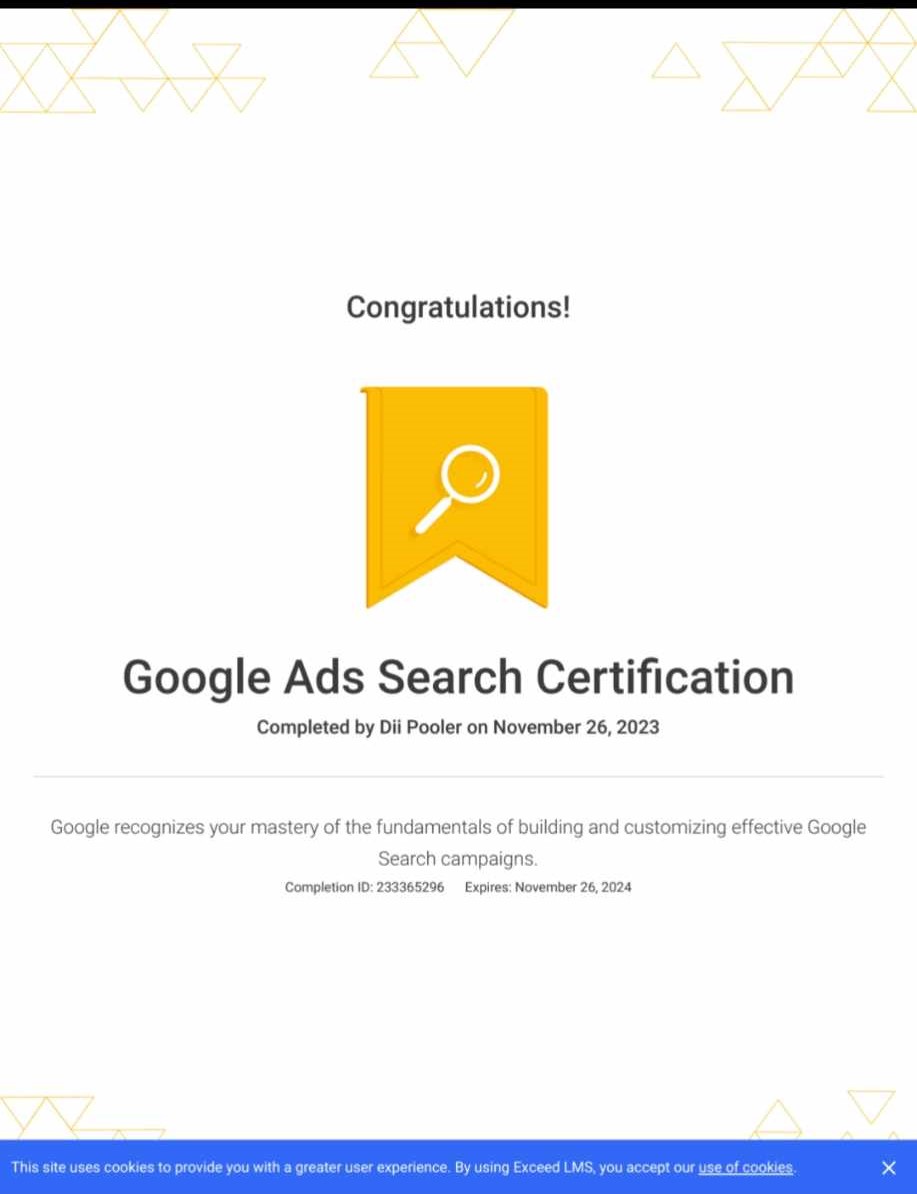How to Ensure Your YouTube Ads Actually Convert
YouTube advertising can be incredibly profitable—or a complete waste of money. I’ve seen businesses burn through thousands of dollars on YouTube campaigns that generated zero results, while others turn modest budgets into significant revenue streams. The difference isn’t luck; it’s optimization.
With over 2.5 billion active users and $36 billion in ad revenue generated in 2024, YouTube is an advertising goldmine. But here’s the reality: most advertisers are doing it wrong. They create a video, set up basic targeting, and hope for the best.
This guide will show you how to optimize YouTube ads for actual results. We’ll cover everything from choosing the right bidding strategies to creating content that converts, based on what actually works in 2025.
Understanding YouTube's Ad Ecosystem
Before diving into optimization tactics, you need to understand how YouTube advertising actually works. It’s not just about making a video and throwing money at it.
YouTube ads operate through Google Ads, which means you have access to Google’s sophisticated targeting and optimization tools. YouTube is the second largest search engine in the world, and people use it differently than other social platforms—they’re actively searching for content, which creates higher intent.
The key insight that most advertisers miss: YouTube users are already in a content consumption mindset. They’re not just scrolling mindlessly like on other platforms. This means your ads need to provide value or entertainment, not just interrupt.
Choosing the Right Campaign Types and Ad Formats
Your campaign type and ad format choice sets the foundation for everything else. Get this wrong, and no amount of optimization will save you.
Video Action Campaigns
These are designed for driving conversions like sales or leads. For direct response campaigns aiming to drive conversions, Target CPA bidding is often the most effective option.
Best for: E-commerce, lead generation, app downloads Optimization focus: Conversion tracking, compelling CTAs, direct response creative
Video Reach Campaigns (VRC)
Best for: Brand awareness, product launches, reaching new audiences Optimization focus: Broad targeting, engaging creative, impression share
Skippable In-Stream Ads
The most common format where viewers can skip after 5 seconds. You only pay when a user watches for at least 30 seconds or takes an action.
Optimization strategy: Hook viewers in the first 5 seconds, but don’t panic if they skip—you still get brand exposure without paying.
Non-Skippable In-Stream Ads
These must be watched before content starts or continues, typically 15-30 seconds.
Optimization strategy: Focus on storytelling and brand messaging rather than just hooks, since viewers must watch the entire ad.
YouTube Shorts Ads
With the massive growth of short-form content, optimizing for Shorts placement can capture younger audiences and mobile-first viewers.
Optimization strategy: Vertical format, quick hooks, mobile-optimized content with clear text overlays.
Mastering Bidding Strategies for Maximum ROI
Your bidding strategy directly impacts both your costs and results. Here’s what actually works:
Target CPA (Cost Per Acquisition)
When to use: Direct response campaigns with clear conversion goals Optimization tip: Start with your breakeven CPA, then gradually lower it as the algorithm learns Requirements: At least 15-20 conversions in the past 30 days for optimal performance
Target ROAS (Return on Ad Spend)
Best for e-commerce with varying product values. Set a target return and let Google optimize for revenue.
When to use: E-commerce campaigns, multiple product categories Optimization tip: Factor in customer lifetime value, not just first purchase Requirements: Conversion value tracking must be properly set up
Maximize Conversions
This strategy uses machine learning to get the most conversions within your budget.
When to use: When you want to scale quickly and have sufficient budget Optimization tip: Monitor CPA closely as this strategy can increase costs Best practice: Set a maximum CPA limit to prevent overspending
Target CPV (Cost Per View)
Good for awareness campaigns where views are the primary goal.
When to use: Brand awareness, content promotion, top-of-funnel campaigns Optimization tip: Bid your true value for the view by comparing paid views to owned and earned views
Types of Influencer Collaborations That Actually Work
Advanced Targeting Strategies That Work
Generic targeting wastes money. Here’s how to target like a pro:
Keyword Research for YouTube
Finding related keywords to your products and services will generate new content and campaign ideas. Unlike other platforms, YouTube targeting benefits from keyword research because people actively search.
• Tools to use: Google Keyword Planner, YouTube autocomplete, competitor video analysis
• Strategy: Target both broad awareness keywords and specific product terms
• Optimization: Use placement targeting to show ads on relevant videos
Audience Layering Technique
Don’t just use one targeting method—layer multiple approaches:
- • Demographic + Interest targeting: Age 25-45 + fitness enthusiasts
- • Custom audiences + similar audiences: Past website visitors + lookalikes
- • Life events + income: Recent movers + above-average income
Remarketing Lists That Convert
Video remarketing takes viewers’ activity on your YouTube channel to create highly specific lists.
High-converting lists:
- • People who watched 75% of your videos
- • Subscribers who haven’t purchased
- • Website visitors who didn’t convert
- • Past customers for upselling
Optimization tip: Create different ad content for each remarketing list based on their relationship with your brand.
Geographic and Device Optimization
Mobile devices account for 88% of all YouTube traffic, so mobile optimization isn’t optional.
Best practices:
- • Create separate campaigns for mobile vs. desktop
- • Use vertical or square formats for mobile
- • Adjust bids by device performance
- • Consider Connected TV placement for premium content
Creative Optimization: Making Ads People Actually Want to Watch
Here’s where most advertisers fail completely. They make ads that feel like ads instead of content that provides value.
The First 5 Seconds Rule
With skippable ads, you have 5 seconds to prove your ad is worth watching. But here’s the mistake: don’t just focus on stopping the skip. Focus on starting a story.
What works:
- • Start with a question that creates curiosity
- • Use pattern interrupts (unexpected visuals or sounds)
- • Lead with the benefit, not the product
- • Show the transformation or result upfront
What doesn’t work:
- • Asking people not to skip
- • Generic brand intros
- • Slow build-ups
- • Text-heavy opening screens
The ABCD Framework for Creative
Google recommends the ABCD framework, and it actually works:
Attention: Hook viewers immediately Branding: Include your brand early but naturally Connection: Create emotional or logical connection Direction: Clear call-to-action
Mobile-First Creative Strategy
Use vertical or square video formats to create better mobile experience, and layer with clear text and visuals.
Mobile optimization checklist:
- • Text large enough to read on small screens
- • Captions for sound-off viewing
- • Single focus point per scene
- • High contrast colors
- • Clear, large CTAs
Testing Creative Variations
Produce at least 3 video ad variations to start, focusing on distinct hooks and angles.
What to test:
- • Different opening hooks
- • Various video lengths (15s, 30s, 60s+)
- • Different value propositions
- • Multiple CTAs and end screens
- • Various thumbnail styles
Technical Optimization for Better Performance
Proper Conversion Tracking Setup
Most optimization problems stem from poor tracking. You can’t optimize what you can’t measure.
Essential tracking:
- • Google Ads conversion tracking
- • Google Analytics 4 integration
- • YouTube channel linking
- • Enhanced conversions for better attribution
Smart Negotiation Strategies
Campaign Structure Best Practices
Single theme per campaign: Don’t mix different products or messages Separate campaigns by intent: Awareness vs. conversion campaigns Ad group organization: Group similar audiences together Naming conventions: Use consistent naming for easy analysis
Frequency Capping and Budget Distribution
Control how often the same user sees your ad to avoid fatigue.
Best practices:
- • Set frequency caps at 3-5 impressions per week
- • Monitor frequency metrics weekly
- • Pause or refresh creative when frequency exceeds 5
- • Distribute budget based on time-of-day performance
Optimization Based on Performance Data
Key Metrics That Actually Matter
Don’t get lost in vanity metrics. Focus on these:
For Awareness Campaigns:
- • View Rate (percentage of people who watch your ad)
- • Earned Views (organic views generated by your ads)
- • Brand Lift Studies (if budget allows)
For Conversion Campaigns:
- • Cost per conversion
- • Conversion rate by audience segment
- • Return on ad spend (ROAS)
- • Customer lifetime value impact
When and How to Optimize
Weekly optimization routine:
- • Check CPV trends and adjust bids if increasing
- • Review top-performing audiences and expand
- • Add negative keywords for irrelevant placements
- • Pause underperforming creative variations
Monthly optimization routine:
- • Analyze conversion path data
- • Test new audience segments
- • Refresh creative assets
- • Review and adjust campaign structure
Common Optimization Mistakes to Avoid
Making changes too quickly: Give campaigns 7-14 days to gather sufficient data before major changes.
Focusing only on CPV: A higher CPV might deliver better quality traffic and higher conversions.
Ignoring placement data: Some placements consistently underperform—exclude them.
Not testing mobile vs. desktop: Performance often varies significantly between devices.
Advanced Optimization Techniques
Dayparting and Scheduling
Analyze when your audience is most active and likely to convert.
Strategy: Use Google Ads scheduling to increase bids during high-conversion hours and decrease during low-performing times.
Audience Expansion and Similar Audiences
Once you identify high-converting audiences, use Google’s similar audience features to find new prospects.
Best practice: Create separate campaigns for similar audiences rather than mixing them with proven audiences.
Cross-Campaign Insights
Use data from your best-performing campaigns to inform new ones.
Application: If certain demographics or interests perform well in one campaign, test them in others.
Seasonal and Trend-Based Optimization
Monitor keyword trends and adjust creative accordingly. Create seasonal campaigns that align with current events or trending topics.
Budget Optimization Strategies
Budget Allocation Framework
Testing phase: 20% of budget for new campaigns and audiences
Proven performers: 60% of budget for campaigns with proven ROI
Scaling experiments: 20% for expanding successful campaigns
Bid Optimization by Performance
Strategy: Increase bids for high-converting segments and decrease for poor performers, but maintain statistical significance.
Measuring and Improving Long-Term Performance
Attribution and Customer Journey Analysis
YouTube ads often assist conversions rather than directly causing them. Use attribution models that account for this.
Tools: Google Analytics 4 attribution reports, Google Ads attribution modeling, customer surveys
Creative Refresh Strategy
Rising CPVs could indicate creative fatigue if your ad has been live for a couple of weeks.
Signs you need new creative:
- • Declining view rates
- • Increasing CPVs
- • Falling conversion rates
- • Audience feedback indicating fatigue
Competitive Analysis and Market Trends
Monitor competitor activities and industry trends to stay ahead.
What to watch:
- • Competitor ad creative trends
- • New targeting options and features
- • Platform algorithm changes
- • Industry seasonal patterns
Optimization Trends and Future-Proofing
AI-Enhanced Optimization
Preparation: Focus on providing high-quality data for AI to learn from, including proper conversion tracking and audience insights.
Privacy-First Optimization
With increasing privacy regulations, focus on first-party data and privacy-compliant tracking methods.
Strategy: Build email lists, create customer surveys, and use Google’s privacy-centric solutions.
Connected TV Integration
YouTube’s expansion into Connected TV creates new optimization opportunities.
Approach: Create content specifically optimized for TV viewing and test performance across different screen sizes.
Your YouTube Ads Optimization Action Plan
Here’s your step-by-step approach to optimizing YouTube ads:
Week 1: Foundation Setup
- 1) Implement proper conversion tracking
- 2) Set up audience lists and remarketing
- 3) Create initial campaign structure
- 4) Produce 3+ creative variations
Week 2-3: Initial Optimization
- 1) Monitor daily performance metrics
- 2) Adjust bids based on early data
- 3) Add negative keywords and placements
- 4) Test different audience segments
Month 2: Scaling and Refinement
- 1) Expand successful audiences
- 2) Create new creative variations
- 3) Test additional campaign types
- 4) Implement advanced targeting strategies
Ongoing: Continuous Improvement
- 1) Weekly performance reviews
- 2) Monthly creative refreshes
- 3) Quarterly strategy assessments
- 4) Annual platform update adaptations
The Bottom Line
YouTube advertising success comes down to understanding your audience, creating valuable content, and continuously optimizing based on data. 70% of people have bought a product after seeing it in a YouTube ad, proving the platform’s conversion power.
The key is approaching YouTube ads as content, not interruptions. When you create ads that people want to watch, provide genuine value, and use sophisticated targeting and bidding strategies, YouTube becomes one of the most profitable advertising channels available.
Start with the basics: proper tracking, clear goals, and audience research. Then build complexity through testing, optimization, and scaling. Remember, optimization is an ongoing process, not a one-time setup.
Most importantly, don’t try to implement everything at once. Pick one area to focus on first, master it, then move to the next. Whether it’s creative optimization, audience targeting, or bidding strategies, steady improvement beats sporadic major changes every time.
The businesses succeeding with YouTube ads in 2025 are those that treat it as a strategic channel requiring ongoing attention and optimization, not a set-it-and-forget-it advertising solution.

